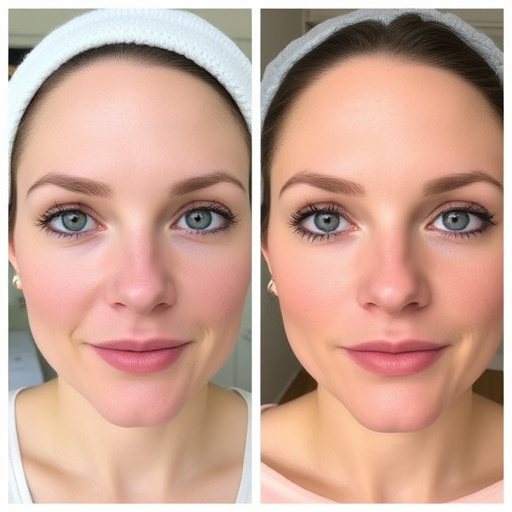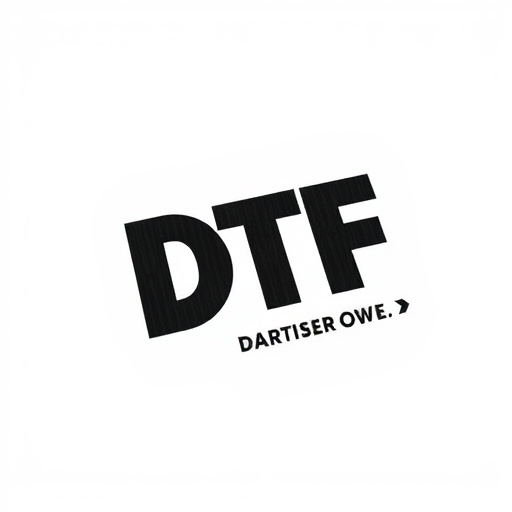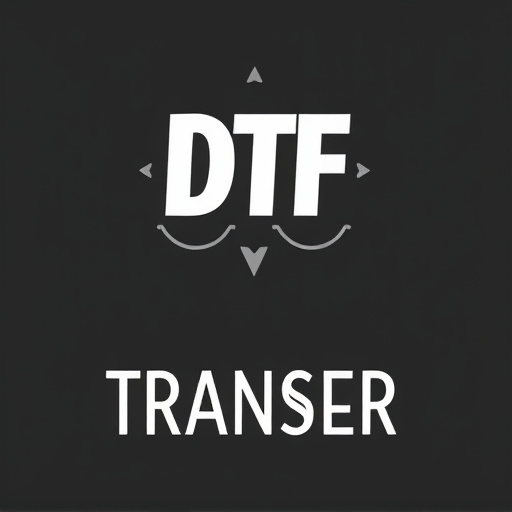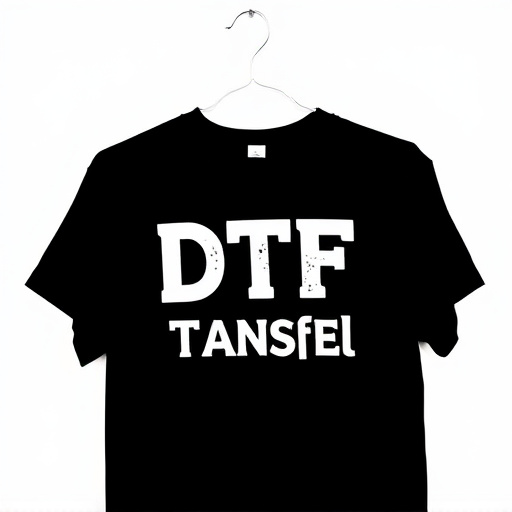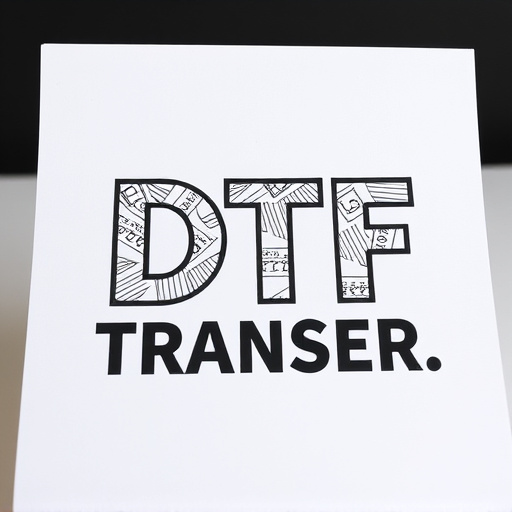Direct-to-Fabric (DTF) transfer technology has transformed specialty clothing printing with its precision, versatility, and environmental benefits. This method allows for intricate designs, vibrant colors, and detailed images on various fabrics, catering to high-end fashion to personalized athletic wear. The process involves creating digital artwork, converting it into print-ready files, and then using specialized printers to apply ink directly to a carrier sheet before transferring it onto fabric. DTF transfers offer sharp prints, durability, and fabric softness, making them ideal for limited-edition pieces. When choosing DTF transfers, consider color vibrancy, detail, fabric compatibility, and brand identity alignment to meet target audience preferences. Additionally, DTF printing is an eco-friendly option due to its water-based inks, reducing waste compared to traditional methods.
In the dynamic world of specialty clothing, DTF (Direct to Fabric) Transfer technology is revolutionizing print capabilities. This innovative process allows for precise, high-quality applications on a variety of fabrics, transforming custom apparel design. From intricate graphics to vibrant colors, DTF Transfers offer unmatched versatility and detail. This article explores the benefits, process, and diverse applications of DTF Printing, along with eco-friendly practices, providing a comprehensive guide for brands seeking cutting-edge printing solutions.
- Understanding DTF Transfer Technology: A Revolution in Specialty Clothing Printing
- Advantages of DTF Transfers for Custom Apparel Design
- The Process: Creating DTF Prints with Precision and Quality
- Applications: Where DTF Transfers Excel in the Fashion Industry
- Choosing the Right DTF Print for Your Brand or Design
- Sustainability Considerations: Eco-Friendly DTF Printing Practices
Understanding DTF Transfer Technology: A Revolution in Specialty Clothing Printing

The world of specialty clothing printing has seen a remarkable evolution with the advent of DTF (Direct to Fabric) Transfer Technology. Unlike traditional printing methods that often involve complex setups and limitations, DTF offers a streamlined approach to applying prints onto various fabric types. This innovative technology enables the transfer of designs directly onto fabrics, opening up a realm of possibilities for both designers and manufacturers. By using specialized inks and a direct application process, DTF transfers provide vibrant, durable DTF prints that enhance the aesthetic appeal of clothing items.
DTF Transfer Technology has revolutionized the way specialty clothing is produced, allowing for on-demand printing and highly customized designs. The precision and flexibility it offers mean that intricate patterns and detailed images can be reproduced with exceptional quality. This technology caters to a wide range of applications, from creating unique fashion statements to personalizing athletic wear, ensuring that each piece stands out in its own right.
Advantages of DTF Transfers for Custom Apparel Design
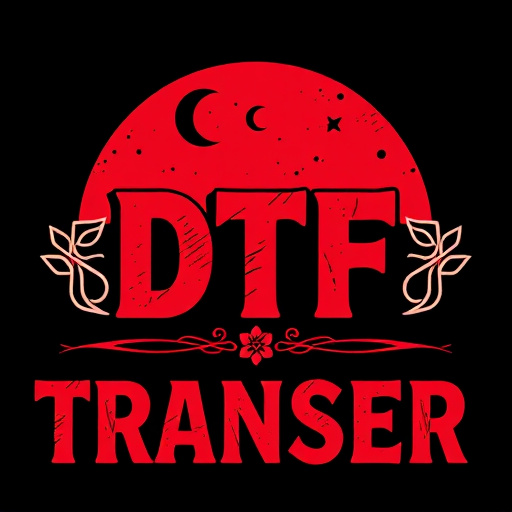
Direct-to-garment (DTF) transfers offer a host of advantages for custom apparel design. One of the key benefits is their versatility; DTF Printing allows for intricate and detailed designs, making it suitable for a wide range of specialty clothing items, from athletic wear to fashion-forward pieces. This technique enables designers to achieve vibrant and long-lasting prints on various fabrics without the need for complex machinery or expensive set-up costs.
Additionally, DTF Transfers provide an efficient workflow, as they can be easily adapted for small or large-scale production runs. The direct application method ensures that designs are accurately replicated across each garment, resulting in consistent quality. Moreover, this technology is environmentally friendly, using water-based inks that reduce the carbon footprint associated with traditional printing methods.
The Process: Creating DTF Prints with Precision and Quality
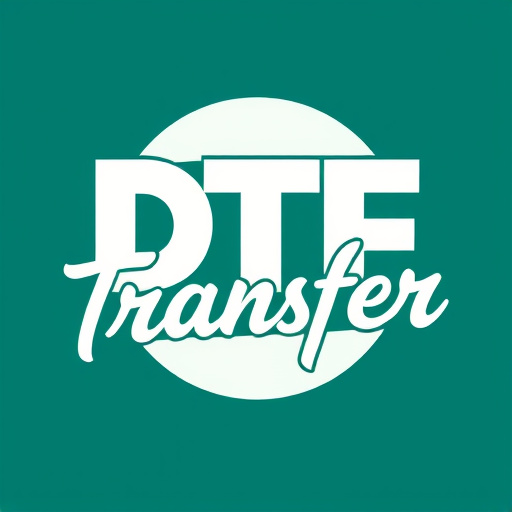
The process of creating DTF (Direct to Fabric) prints for specialty clothing involves a precise and meticulous approach to ensure superior quality. It begins with designing the artwork using specialized software, where every detail is carefully considered. This digital design is then transformed into a print-ready file, ready to be transferred onto various fabrics. The key advantage of DTF lies in its ability to produce vibrant, long-lasting colors and intricate details directly on the fabric surface, making it an ideal method for adding unique designs to clothing items.
Once the files are prepared, the actual printing process starts. The DTF transfer uses a high-precision printer that applies ink onto a special carrier sheet, which later becomes the medium to transfer the design. This ensures accurate color reproduction and prevents any smudging or bleeding of inks during the transfer phase. After printing, the carriers are carefully aligned and pressed against the desired fabric, creating a direct bond between the ink and the material, resulting in an exceptional print quality that is both durable and washable.
Applications: Where DTF Transfers Excel in the Fashion Industry

In the fashion industry, where trends are ever-changing and creativity knows no bounds, DTF (Direct to Fabric) transfers have emerged as a game-changer. These innovative printing solutions offer a unique and versatile approach to adorning specialty clothing items. DTF transfers excel in various applications, from custom t-shirts to high-end fashion garments, allowing designers and manufacturers to bring their visions to life with exceptional detail and quality.
The versatility of DTF printing is particularly notable when it comes to intricate designs and complex color palettes. Unlike traditional printing methods that might struggle with fine lines and multiple colors, DTF transfers seamlessly handle these challenges, ensuring that prints on clothing items remain sharp and vibrant. This makes them ideal for creating unique, limited-edition pieces or personalizing garments with detailed logos and artwork, catering to the diverse demands of modern fashion enthusiasts.
Choosing the Right DTF Print for Your Brand or Design

When selecting a DTF (Direct to Fabric) print method for your specialty clothing items, understanding which transfer is best suited for your brand or design is key. Different DTF transfers offer distinct characteristics—from vibrant colors and detailed prints to softness and durability—that can dramatically impact the final product’s appearance and feel. Consider the unique selling points of each transfer type and how they align with your brand identity. For example, if you’re focusing on high-contrast, bold graphics, a DTF transfer known for its vivid inks might be ideal. Conversely, if comfort and breathability are priorities, opt for transfers designed to yield soft, gentle fabrics.
Additionally, think about the fabric type and finish you plan to print on. Not all DTF transfers are compatible with every material; some perform better on natural fibers like cotton while others excel on technical fabrics like polyester. Ensure your chosen transfer complements the fabric’s properties to achieve the desired outcome—be it a crisp, professional look or a more organic, handmade feel—that resonates with your target audience.
Sustainability Considerations: Eco-Friendly DTF Printing Practices

In the pursuit of sustainable fashion, the choice of printing methods for specialty clothing items is a significant factor. Eco-conscious consumers and brands are increasingly looking for alternatives to traditional printing techniques that minimize environmental impact. Direct-to-garment (DTF) transfer printing has emerged as an attractive option due to its ability to offer high-quality, vibrant DTF prints while reducing waste.
This method involves applying a thin layer of water-based ink directly onto the garment’s surface, which is then cured using heat. Unlike conventional screen printing that utilizes multiple colors and can lead to significant waste, DTF printing allows for single-color applications, making it an eco-friendly DTF transfer solution. By adopting these practices, clothing manufacturers can contribute to a greener fashion industry while still delivering unique and personalized designs on various items.




